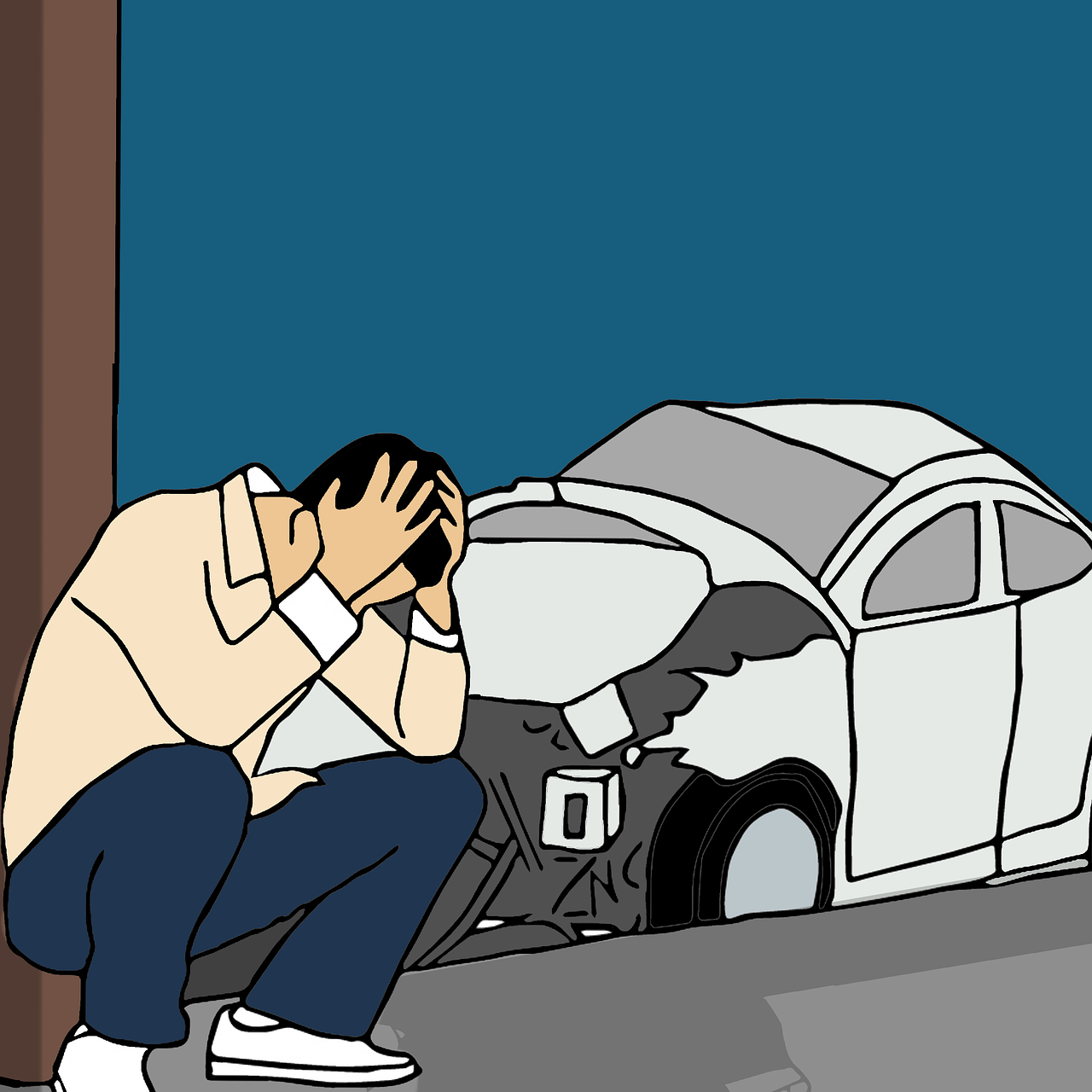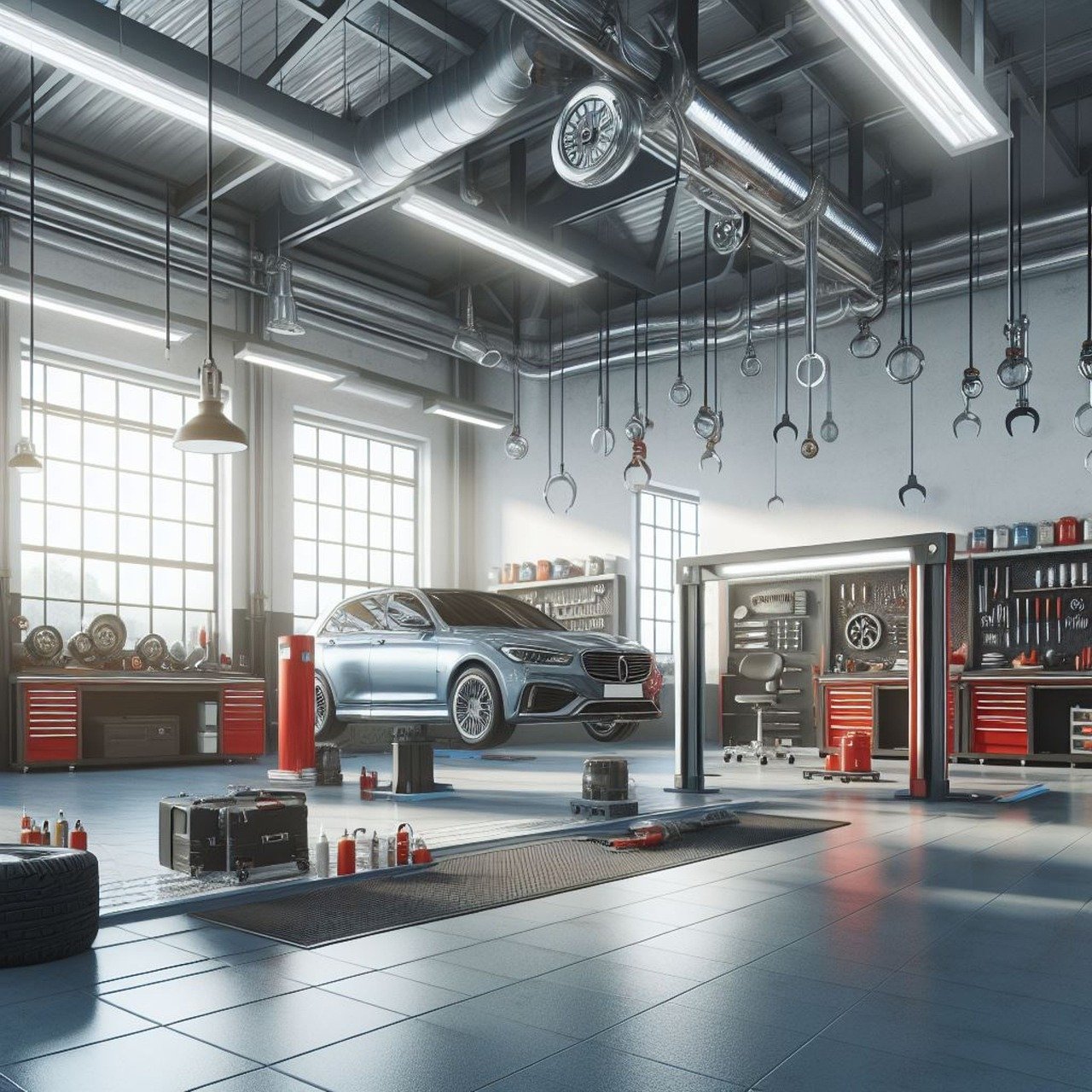It is good practice to inspect your vehicle before driving out on the road, and check for all the safety features that it comes with. It is part of defensive driving to do these checks before you take you’re vehicle out in the public.
Vehicle Inspection:
Take out the tire wrench. You are going to need it to check the tires. Hit the tire to make sure there is sufficient air. You may want to carry a tire gauge in you’re car as well. Do a visible inspection of tires. Look for possible cracks or worn tires. You should get this fix asap.
Are there any visible leaks under the car? Do the signals work? Do the headlights work? (High and low beam.) Do the brake lights work?
Check to make sure there’s enough engine oil; break fluid, and power steering fluid. Also check battery, water level, and coolant level. Do not open radiator cap! Vehicle must be cooled down first, if parked recently. (caution: see owners manual before opening cap.) Finally, check the transmission fluid. (Vehicle must be running to read proper level.) Make sure your emergency park brake is activated.
After inspecting your vehicle, it’s time to examine the car from the driver’s seat.
Communication Features:
Signals help you warn other drivers about your intentions to turn. Brakes warn other drivers that you’re slowing down or stopping. Horn warns other drivers and pedestrians to be alert. Emergency signals warn other drivers of a problem that you may have. If anyone of these functions are not working, you will need to get them repair. It could save lives!
Visibility Features:
Mirrors should be adjusted before you leave any parked position. Mirrors should be used quite often to see what is happening around you at all times. When you think you’re going to have to stop, check you’re rearview mirror first. You may have to touch your brake, to warn others behind you. You may have to stop a little further ahead to give the driver behind you room to stop safely. It’s all part of driving defensively. Headlights should be working, high and low beam. Wipers are a must in bad weather conditions. Windshield must be clean at all times.
Safety Features:
Emergency brakes should be activated when necessary. Test your emergency brake by applying the handle, or pushing to the floor, depending on the make and model of the vehicle. Remove gear out of park position with foot on brake pedal and put it in drive position. Ease up on brake pedal. Vehicle should not roll forward. It is a good habit to always release park brake after putting vehicle in gear. If the vehicle is parked properly, the vehicle will not roll forward if you forgot to put your foot on the brake pedal. Seat belts: Make sure your seatbelt is on. Including passengers. It is a violation in most places for not wearing seatbelts.
Comfort:
Heater should be adjusted accordingly, for maximum comfort. Check if your power windows is functioning properly. Seat adjustments should be adjusted for maximum visibility and comfort. If you’re going on a long trip, check and double-check the air conditioner and heater beforehand.
The topics covered here should give you a head start to driving safely. But check the owner’s manual for further recommendations. Vehicles differ in features and safety features. You want to make sure you’re aware of what you vehicles is equipped with and what the limitations are.


